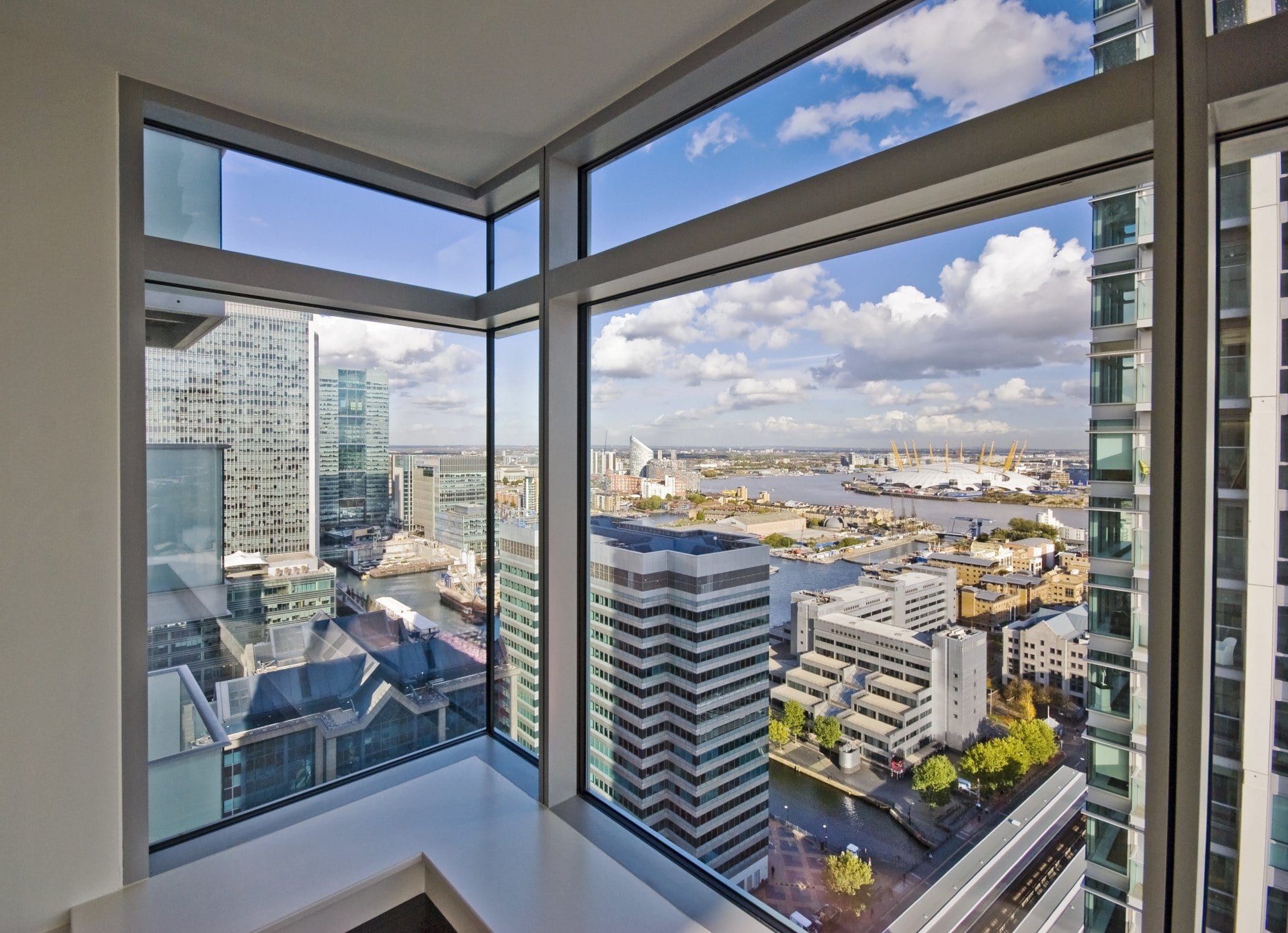On the subject of when double glazing was originally created, there is significant controversy. However, the great majority of experts in the field seem to concur that C.D. Haven created it in 1930s America. For years, maintaining heat in the house was famously difficult, especially in larger homes where a single fire was sometimes all that was available. As most great innovators do, Haven named the first kind of double glazing "thermopane" after identifying a problem that needed to be solved.
He planned to utilise two panes of glass instead of one to keep the house well insulated. Given that there are records of other homes having two panes of glass instead of one as early as 1870 in Scotland, Germany, and Switzerland, where the winters were particularly harsh, and the insulation provided was necessary to ensure a family's survival through the cold. There is debate over whether he was the first person to do this.
Despite the conflicting accounts of when it began, Haven's innovation was the one that took off in the United States and spread like wildfire throughout the nation. In the middle of the 1960s, UK manufacturers began to include a dual window system, which was shown to be the best method of maintaining the home's insulation. This procedure involves removing the installation's deteriorating wood frames and replacing them with new wood and double glass.
By the 1970s, wood was out of style, and the UK desperately needed aluminium installations that would last longer, provide more protection, and give houses a sleek, contemporary look. But compared to wood, aluminium was shown to be less thermally efficient. Fortunately, the development of uPVC as a construction material throughout the course of the 20th century allowed it to replace wood as the prefered material for double glazing in contemporary homes. In contrast to today, when 93% of UK houses have double-glazed windows and doors, just approximately 8% of households had double-glazing insulation in the 1970s.
Here in Australia, we are currently in our first wave of double glazing installations that the UK went through back in the 1970s.
The principal advantages of double glazing
The straightforward production method of double glazing contributes to its appeal to installers and low cost for Australian households. Within the uPVC, wood, or aluminium frame, two panes of glass are assembled and spaced apart by a spacer. An insulating gas, such as argon, is then injected to create a vacuum between them, adding the additional layer of insulation the system needs.
Your house won't experience condensation since the space between the two panes is sealed in a vacuum, making it impossible for moisture to enter. Additionally, the insulating gas prevents temperature transfer between the two panes of glass, thereby keeping warm air inside and the cold air outside. When it's really hot outside in the summer, and you're attempting to keep your house cool, this also works the opposite way.
The main advantages of C.D. Haven's innovation are:
1. Enhanced thermal efficiency, which lowers total energy expenses.
2. Greater security throughout the nation, which reduces home intrusions and burglaries
3. Significantly enhanced noise reduction, reducing complaints and maintaining privacy in houses
4. By making high-performance houses accessible to everybody, the Australian housing market will gain value.
With Ecovue, you'll be getting the absolute best in terms of double glazing as well as exceptional expertise in everything to do with the product! Get a quote from us right here on the website using our online quoting engine, or you can give us a call on our telephone line at 1300 326 883.








